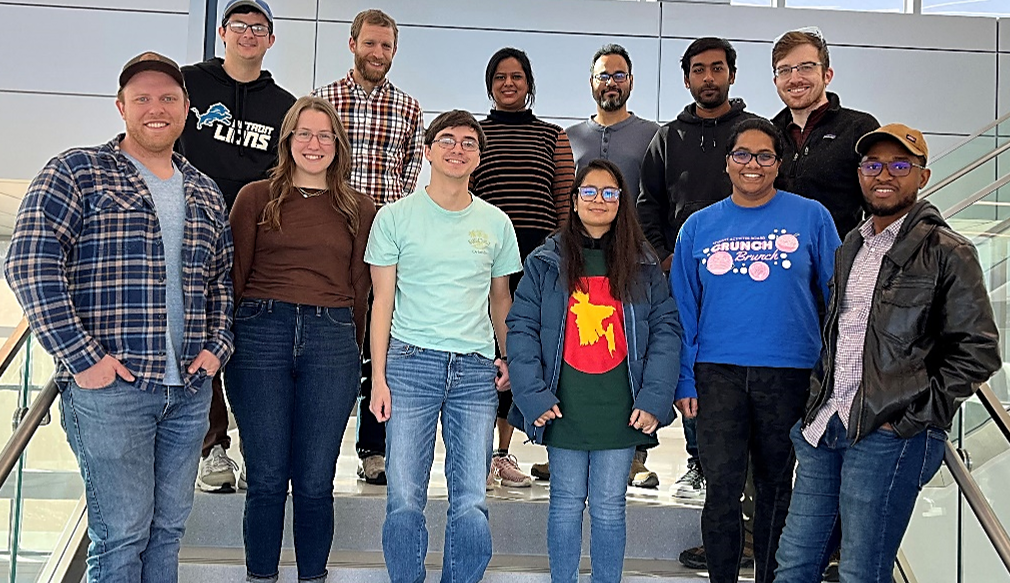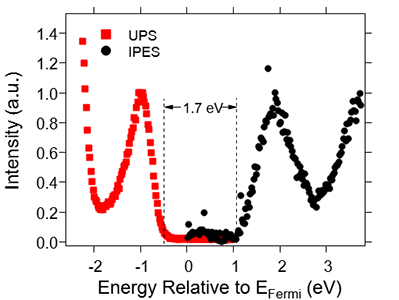Welcome!

We aim to facilitate the development of organic semiconductors and organic electronic devices through understanding and manipulating interfacial chemistries, doping behavior, defects, and degradation. Organic electronic devices have tremendous application potential, ranging from their now widespread use in organic light emitting diode (OLED) containing displays to up-and-coming devices for biosensing, waste heat harvesting, photovoltaic energy harvesting, electrochromic displays, and neuromorphic computing. Research in the Graham laboratory centers around using photoemission spectroscopies to understand the relationships between material and interface chemistry and the frontier energy levels that influence charge transport. Understanding these relationships will enable the development of new electronically active materials, interfaces, and devices. Specifically, we focus on understanding material energetics and how structure, morphology, and energetics combine to influence charge transfer, charge-carrier transport, thermoelectric (TE) properties, material stability, and photovoltaic (PV) performance in organic semiconductors. To enable accurate measurements of material and interfacial energetics, we developed state-of-the-art ultraviolet (UPS) and low-energy inverse (LEIPS) photoemission spectroscopy systems that deliver high resolution and high signal-to-noise ratios while relying on lower energy photons and electrons to limit sample damage. We have recently expanded this photoemission spectroscopy toolset to include variable energy UPS (VE-UPS) and constant final state photoemission yield spectroscopy (CFSYS) to enable defect state detection. A growing emphasis for the group is the development and application of spectroscopic methods for probing defect states in electronic materials and investigating how chemistry can be used to manipulate the type, energy, and concentration of defect states. Such a direction is motivated by the need to understand defect state chemistry and degradation processes to accelerate the further development and commercialization of OSC and HP materials and devices. Another related new direction in the group is on biodegradable sensors, where we are leveraging our expertise in surface chemistry, OSCs, and tools for probing degradation. The below schematic provides a brief overview of the research areas in the Graham group.




